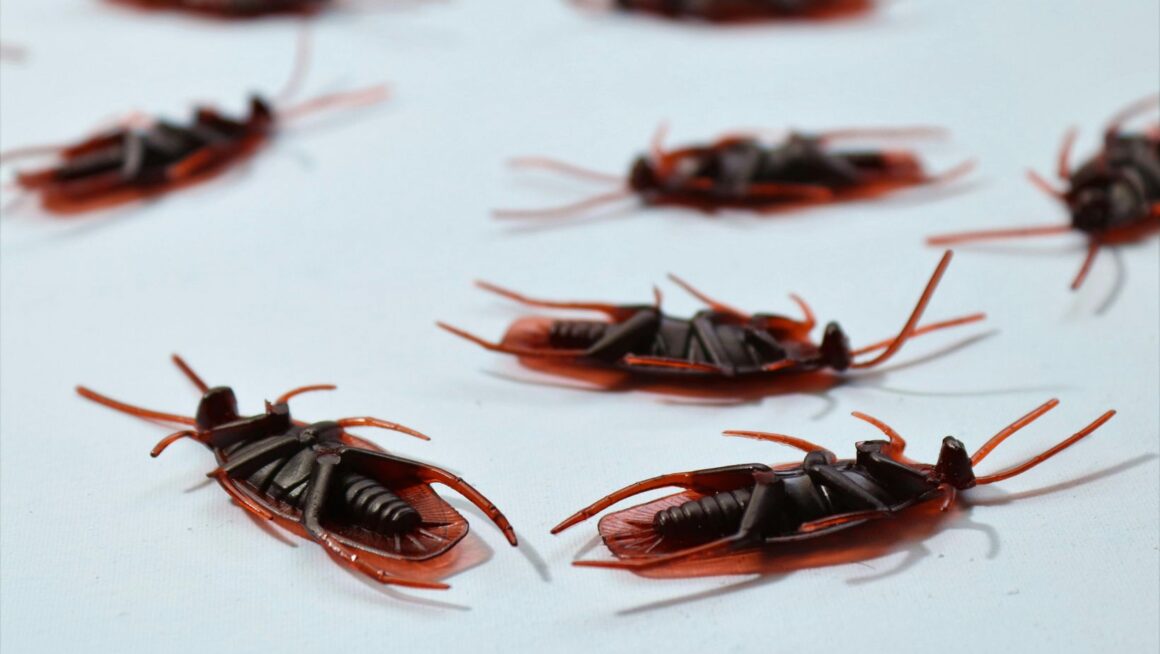Pest infestations can disrupt operations, damage property, and tarnish your business’s reputation. Whether you’re managing a bustling office, a restaurant, or a warehouse, pests can harm your bottom line and affect the health of employees and customers. As a result, businesses need to implement effective pest management strategies that eliminate pests and prevent future infestations. Here are some innovative pest management techniques to protect your business and create a healthier work environment.
Table of Contents
ToggleIntegrated Pest Management (IPM) for Comprehensive Solutions
Integrated Pest Management (IPM) is an eco-friendly approach combining multiple pest control methods. Instead of relying solely on chemical treatments, IPM focuses on long-term prevention by addressing the root causes of infestations. This includes identifying potential pest habitats, improving sanitation practices, and monitoring pest activity regularly, for businesses in sensitive industries, including food services, restaurant pest control is crucial. IPM ensures that pests are controlled in a way that reduces the risk of contamination while maintaining the safety standards of the establishment. Using a combination of physical, biological, and chemical controls, IPM minimizes the need for harsh chemicals and focuses on sustainable pest management.
Digital Monitoring Systems
Technology is transforming pest control, and one of the most innovative developments is using digital monitoring systems. These systems use smart sensors and cameras to detect pest activity in real time, allowing businesses to address potential infestations before they get out of hand.

By continuously monitoring critical areas of your business, these systems can alert you and your pest control provider immediately when pests are detected. Digital monitoring is especially effective for large spaces like warehouses or manufacturing plants, where pests can hide in difficult-to-reach areas. The early detection provided by these systems can help prevent costly damage and reduce the need for extensive treatments.
Non-Toxic Pest Control Solutions
More businesses are seeking environmentally-friendly solutions to control pests without harming the surrounding environment or putting employees at risk. Non-toxic pest control methods, such as heat treatments, organic repellents, and biological controls, offer a safer alternative to traditional chemical pesticides. For example, heat treatments are a highly effective way to eliminate pests like bed bugs and termites without using chemicals. By raising the temperature of a specific area to levels where pests cannot survive, businesses can address infestations while keeping the workplace safe for employees and customers.
Routine Sanitation and Maintenance Practices
Pest prevention starts with good sanitation and building maintenance. Pests thrive in environments where food, water, and shelter are readily available, so keeping your workplace clean and well-maintained is crucial.

Regularly cleaning breakrooms, kitchens, and garbage areas can help eliminate food sources that attract pests. In addition, sealing cracks and gaps in windows, doors, and walls can block potential entry points for insects and rodents. Developing a routine maintenance schedule ensures that these tasks are performed consistently, reducing the likelihood of an infestation. Many businesses partner with pest control professionals to create customized maintenance plans that address their needs and vulnerabilities.
No matter how proactive your pest management efforts are, regular inspections conducted by a pest control professional are essential. By scheduling regular inspections, businesses can ensure that their pest control measures are working effectively and adjust their strategies as needed. Professional pest control companies also offer advice on improving existing prevention methods and staying ahead of potential threats.
Pest management is crucial to maintaining a clean, safe, and productive workplace. Businesses can effectively manage pests by adopting innovative techniques such as Integrated Pest Management, digital monitoring, and non-toxic solutions while minimizing disruption. Regular inspections and employee involvement strengthen your efforts, ensuring your business remains pest-free year-round.



